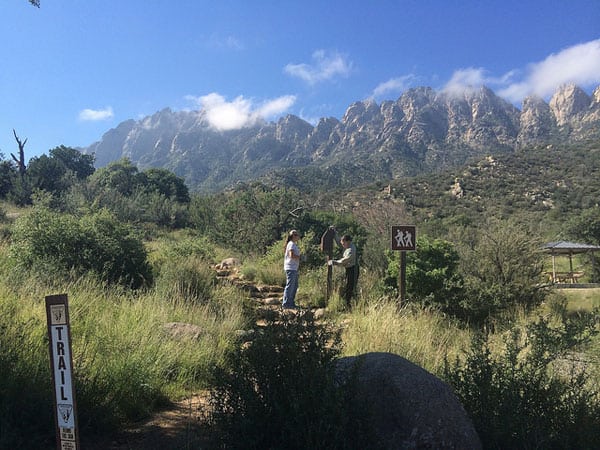
July 4, 2018; Mongabay
According to Mongabay, an environmental news source, gender and racial biases are just as prevalent in the conservation science community as elsewhere, and could be harming the effectiveness of the work being done, particularly in developing countries. This mindset, of course, is also present in nonprofit research within the United States.
Conservation science is an interdisciplinary approach that encompasses biology with cultural aspects in its approach to the environment. In a time when environmental justice claims in Flint, Michigan, and elsewhere are increasingly prominent, conservation science adds a key link between causes and impact.
Basten Gokkon, writing for Mongabay, goes on to state that the conservation science community working in tropical countries has been extensively criticized for the lack of representation of gender and race, dominated as it is by men from developed countries. It is also the case that US-based journals have a dominant position internationally. Indeed, more than half of all scientific journal editors are based in the US—the percentage has remained roughly the same for the past three decades.
“A lot of foreign scientists and practitioners, especially Western, white people…sometimes have a bit of paternalistic patronizing attitude to local people from tropical developing countries,” says Sheema Abdul Aziz, co-founder and president of Rimba, a Malaysian nonprofit research group conducting conservation science.
Nonprofits and researchers that operate on a local level in the United States should be wary as well. It’s too easy to bring an affluent scientist into a low-income area who may speak down to local residents. Or, when working with local groups, a “savior-complex” may prevail rather building mutually respectful partnerships.
“If you exclude those valuable voices from the narrative, from your processes, then you’re essentially depriving yourself of that valuable knowledge that can help you be more effective in what you’re trying to achieve,” says Aziz.
Sign up for our free newsletters
Subscribe to NPQ's newsletters to have our top stories delivered directly to your inbox.
By signing up, you agree to our privacy policy and terms of use, and to receive messages from NPQ and our partners.
But there’s another layer. When research does not include inclusive voices, the use of that information is stunted. In “Impact for Whom? The Complicity of Science in Colonialism,” NPQ’s Steve Dubb explores how researchers who were not native to the country where they were working with had extremely low levels of local, regional, or even national distribution of their findings. They were, however, more likely than researchers native to that country to publish findings internationally. Research disparities in the United States paint a similar story. This can apply to health research, educational outcomes, city planning, and more.
Too often, through engaging in these practices, nonprofits can distance themselves from the communities they aim to support. For example, the authors of a 2016 International Journal of Environmental Research and Public Health article observed that, “Academic research performed in Native Hawaiian communities, without community input, can be viewed as contributing to the legacy of colonization and exploitation…there is a history of, and resulting wariness toward, ‘helicopter research’ in which academic investigators ‘fly’ into Native Hawaiian communities, conduct their research, and ‘take off’, leaving nothing of immediate or tangible value to the communities.”
How can a nonprofit advocate for inclusive research? If the strategy of a nonprofit is driven by research on a particular community, it becomes imperative to ensure every project and purpose is truly reflective and benefitting the population around it.
For those in a position of awarding grants to researchers or identifying strategies within a nonprofit, this perspective can serve as a vital tool in identifying projects that will have true impact. While not every research project involves a wide scope of individuals, funding projects that include voices of those served is a needed layer. Incorporate this into your proposal screening. Foster a culture of inclusivity as a strategic mindset.
For nonprofit professionals who don’t have direct ties to researchers, look at how you tell your story. Ask where the research and statistics used to justify a cause and community impact come from. Vet the information acquired to see if it’s truly representative. Hire writers, fundraisers, grant staff, and marketing staff that are from the communities you serve.
No matter your scope of work, championing research that amplifies the voice of marginalized communities is vital both in the US and across the globe.—Kelly Phipps













